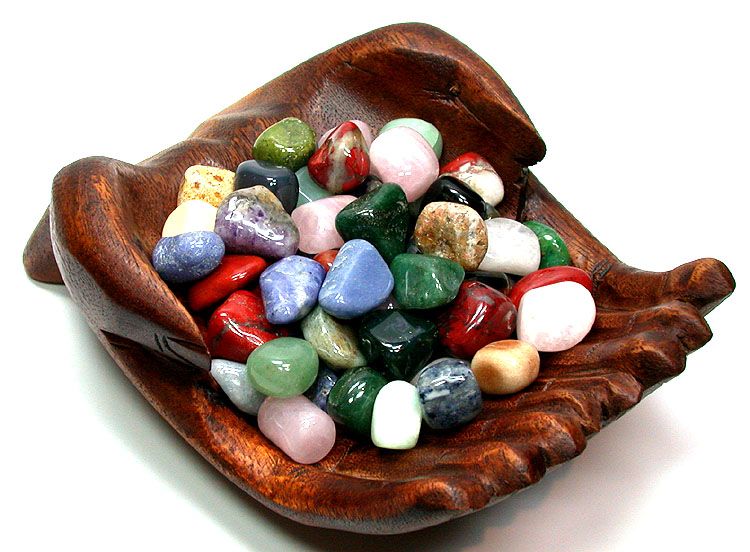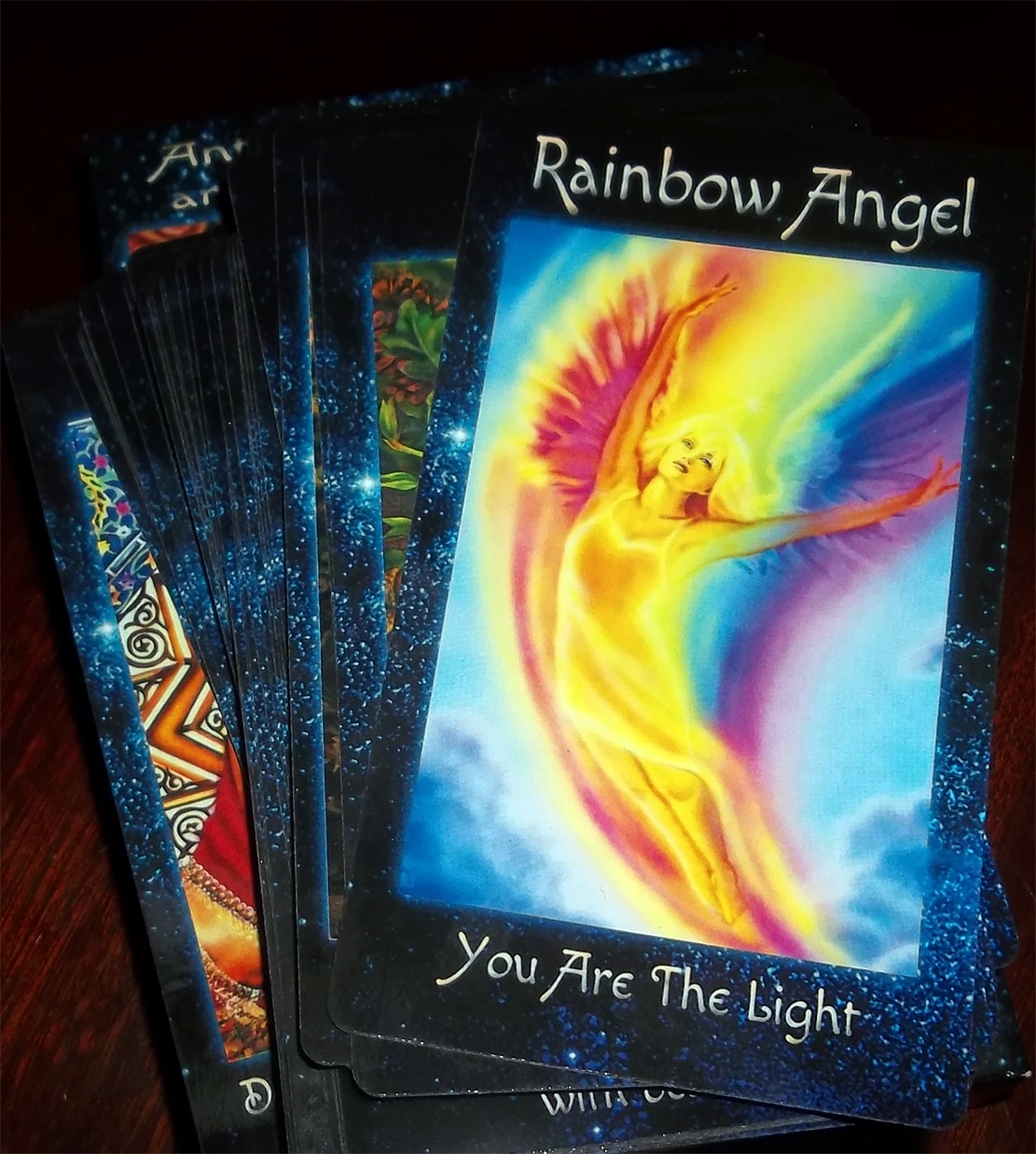Embracing the Celestial Show: The Annual December Ursid Meteor Shower
- Details
- Written by CrystalWind.ca
- Views: 1699
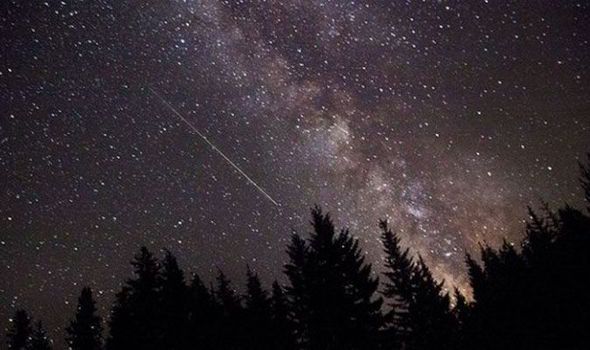
The Ursids, a lesser-known meteor shower, make their grand entrance annually, typically spanning from December 13 to 24.
As the year winds down and the holiday spirit fills the air, there's a celestial spectacle that awaits skywatchers: the annual December Ursid meteor shower.
This meteoric dance in the night sky is an astronomical treat, offering a display of shooting stars that ignites the imagination.
Ursids: A Winter Treat in the Night Sky
What Are the Ursids?
The Ursids, a lesser-known meteor shower, make their grand entrance annually, typically spanning from December 13 to 24. They reach their peak around the time of the December solstice, an auspicious moment marking the start of winter in the Northern Hemisphere. In 2023, the predicted peak is set for the early morning of December 23 at 4 UTC.
Origins of the Ursids
These celestial fireworks originate from the comet 8P/Tuttle. Discovered by Pierre Mechain on January 9, 1790, from Paris, France, this comet orbits the sun every 13.7 years. Earth intercepts its debris stream, resulting in the mesmerizing Ursid meteor shower.
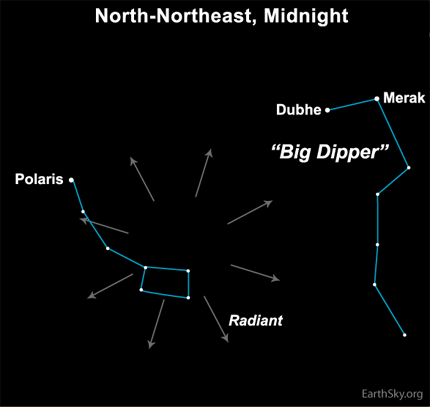
Observing the Ursid Meteor Shower in 2023
Mark your calendars for the annual Ursid meteor shower, occurring roughly between December 13 and 24 each year. This cosmic spectacle consistently coincides with the December solstice, set for 3:27 UTC on December 22, 2023, with the peak of the Ursids anticipated during the early hours of December 23. However, consider the 1st quarter moon on December 19 at 18:39 UTC, casting an 86% illumination, potentially hindering the Ursids’ visibility until about three hours before sunrise.
Traditionally, the Ursids offer a modest display, with around five to 10 meteors per hour visible under an unobstructed, moonless sky. While infrequent, captivating bursts, showcasing 100 or more meteors per hour, have delighted skywatchers in the Northern Hemisphere. Despite wintry conditions, these sporadic outbursts add allure to the Ursid meteor shower.
For an opportunity to witness the Ursids in 2023, head to a rural setting for prime viewing. Bundle up warmly, bringing along a cozy sleeping bag, and prepare for hours of stargazing. Opt for a location devoid of artificial light sources, setting off on your celestial observation journey from the early hours of December 23. Embrace the experience and keep watch – you might be fortunate enough to catch the celestial grace of the Ursid meteor shower!
Best Time and Location for Observation
To experience this phenomenon, enthusiastic skywatchers should gaze upward in the predawn hours of December 22 and 23. The Ursids' radiant point remains circumpolar at northern latitudes, making the Northern Hemisphere an excellent vantage point. Choose a countryside spot away from urban lights and devoid of artificial illumination for the best chance of viewing. An ideal setting involves a dark sky without moonlight, enhancing visibility for an unforgettable experience.
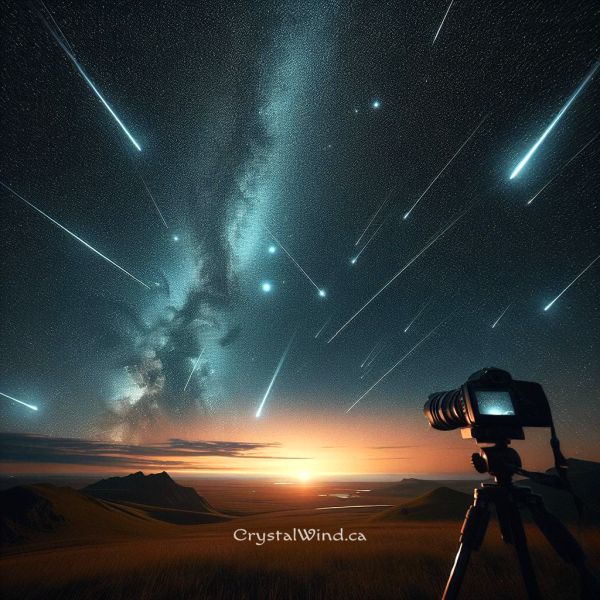
Tips for Enjoying the Ursid Meteor Shower
Predicted Meteor Rate
Under optimal conditions, observers might glimpse about five to 10 meteors per hour during the Ursids' peak. However, sporadic bursts of over 100 meteors per hour have been reported during these showers, adding an element of unpredictability and excitement.
History and Noteworthy Sightings
While the Ursids are relatively young in meteor shower terms, their history dates back over a century. Their radiant point lies near the star Kochab in the Little Dipper constellation. Historically, bursts of heightened meteor activity, including instances of 100 meteors per hour in 1945 and 1986, have intensified interest in this otherwise subtle shower.
Viewing From Different Hemispheres
For those in the Southern Hemisphere, the Ursids might still offer a few meteors visible near the northern horizon. However, the radiant point is too far north to be easily visible from these latitudes, with a significant portion of the meteors staying below the horizon.
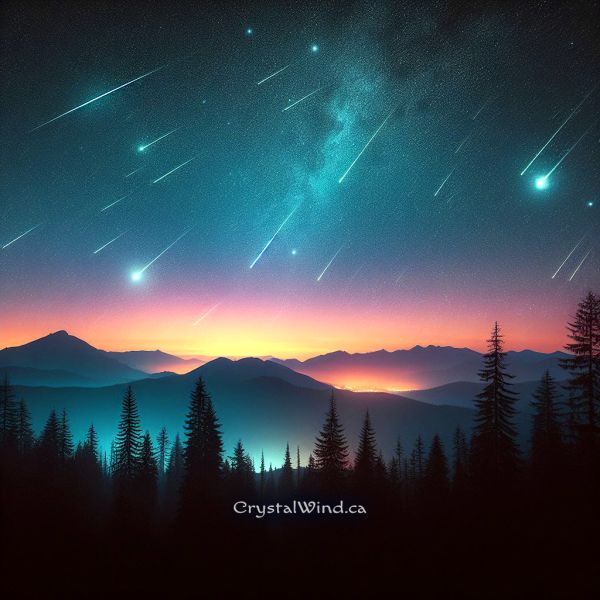
Witnessing the Cosmic Symphony
The December Ursid meteor shower, though often overshadowed by holiday festivities, presents a celestial ballet worth experiencing. Whether in search of fleeting shooting stars or simply gazing at the heavens, these cosmic wonders remind us of the vastness and beauty of our universe. So, mark your calendars and prepare for a celestial spectacle that may just spark a sense of wonder and awe in the winter night sky!
**Note:** The predicted peak times and dates for the 2023 meteor showers are sourced from the American Meteor Society. Observers should be aware that meteor shower peak times can vary.
Radiant point image @earthsky.org
© 2023 crystalwind.ca. All rights reserved. We track all IP addresses. Using a VPN will now also get tracked to original source IP.
Liked this article? Dive deeper into personal growth and wellness! Check out CrystalWind.ca for spiritual wisdom or explore AromaWorx.ca for natural well-being tips. Spread the positivity—share this with friends on their happiness journey!
Let’s Chat! Drop Your Thoughts Below! ![]()
Latest Articles
Dive into the Mystical World of the Crystal Wind Oracle Deck!
Get All the Enchanting Details Now!
NEW Expanded Boxed Edition!
Now with 58 Cards for Richer Wisdom!
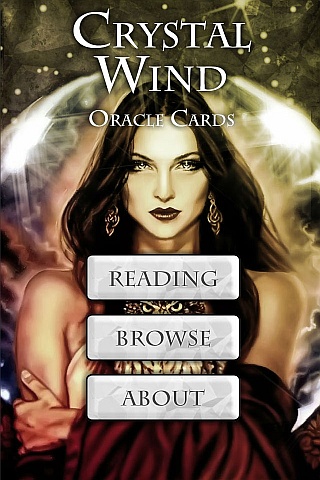
Imagine a world of inspiration and healing, free for all—made possible by YOU!
Donate Now—Ignite the Magic at CrystalWind.ca!

Epilepsy - Finding A Cure
Your donation can make a difference!
Help us find a cure – donate now!
Unlock Your Light: Join Lightworkers Worldwide on CrystalWind.ca!
Articles: The Founders
Articles: Cosmic Neighbours
Articles: Galactic History
Follow Us!
Featured This Month
Mabon in Modern Times: Fresh Takes on the Au…
The Mabon season begins somewhere around the 21st-22nd of September and cont... Read more
Virgo Mythology
The Virgo Myth In all of constellation mythology, few legends are as misund... Read more
Mabon Magic: Ideas For Fall Decoration And R…
Welcome (almost!) to Fall! We’re turning the Great Wheel once again, toward ... Read more
Sun in Virgo
An Overview of Sun Sign Characteristics for Virgo Virgo is guided by Mercur... Read more
Crystals for Virgo
As the warmth of summer begins to soften into the crispness of autumn, the Sun... Read more
Sweet Violet
Sweet Violet Faithfulness and modesty. “I will always be true to you.” Helps... Read more
Watermelon Tourmaline
Synonym: Rainbow Tourmaline The watermelon tourmaline is a rare variety t... Read more
Peridot: The Healer's Stone
Peridot has been used as a Power Stone for centuries. Peridot fosters emotio... Read more
The Vine: September 2nd - September 29th
The Autumnal Equinox ( Alban Elfed ) Celtic Symbol : The White Swan Read more



